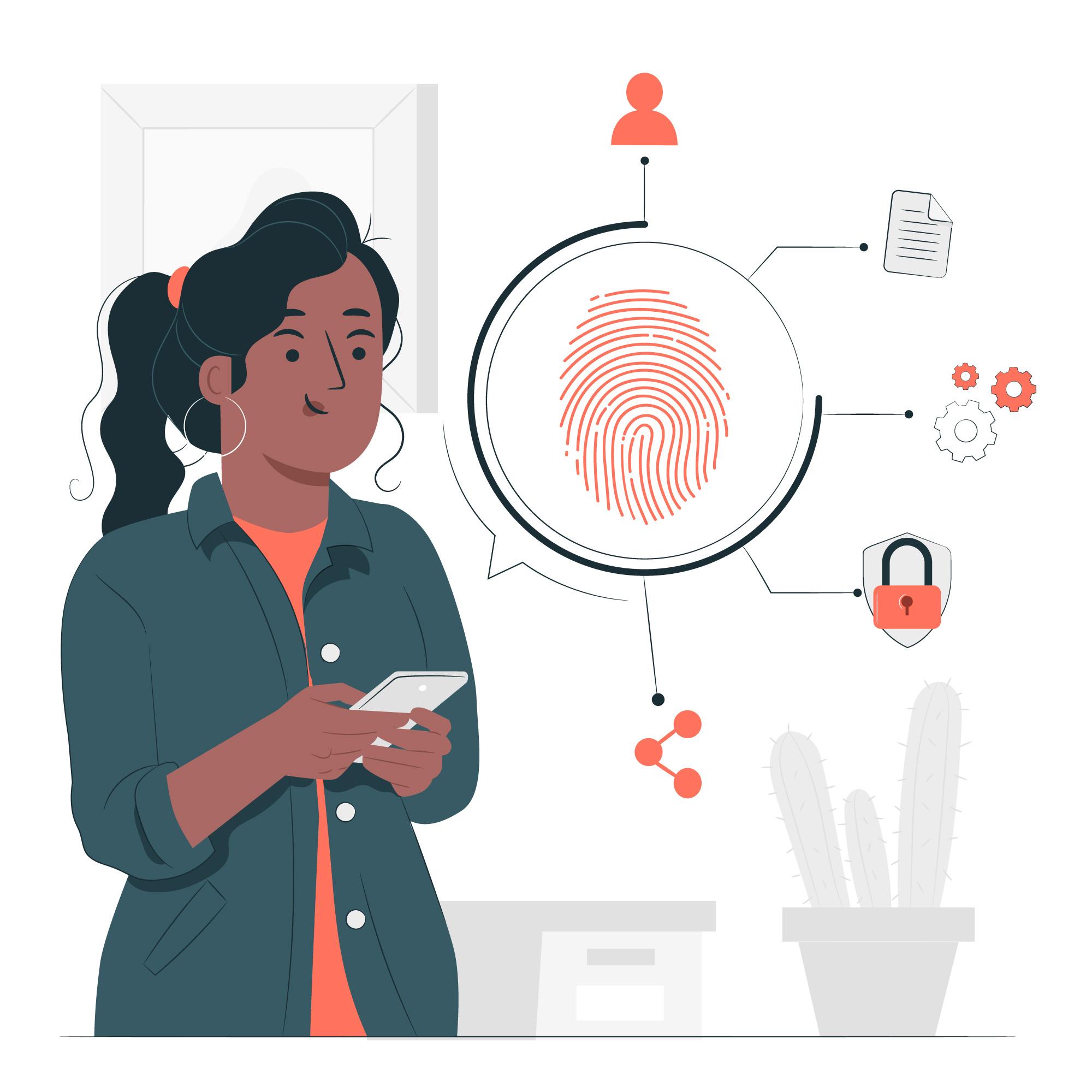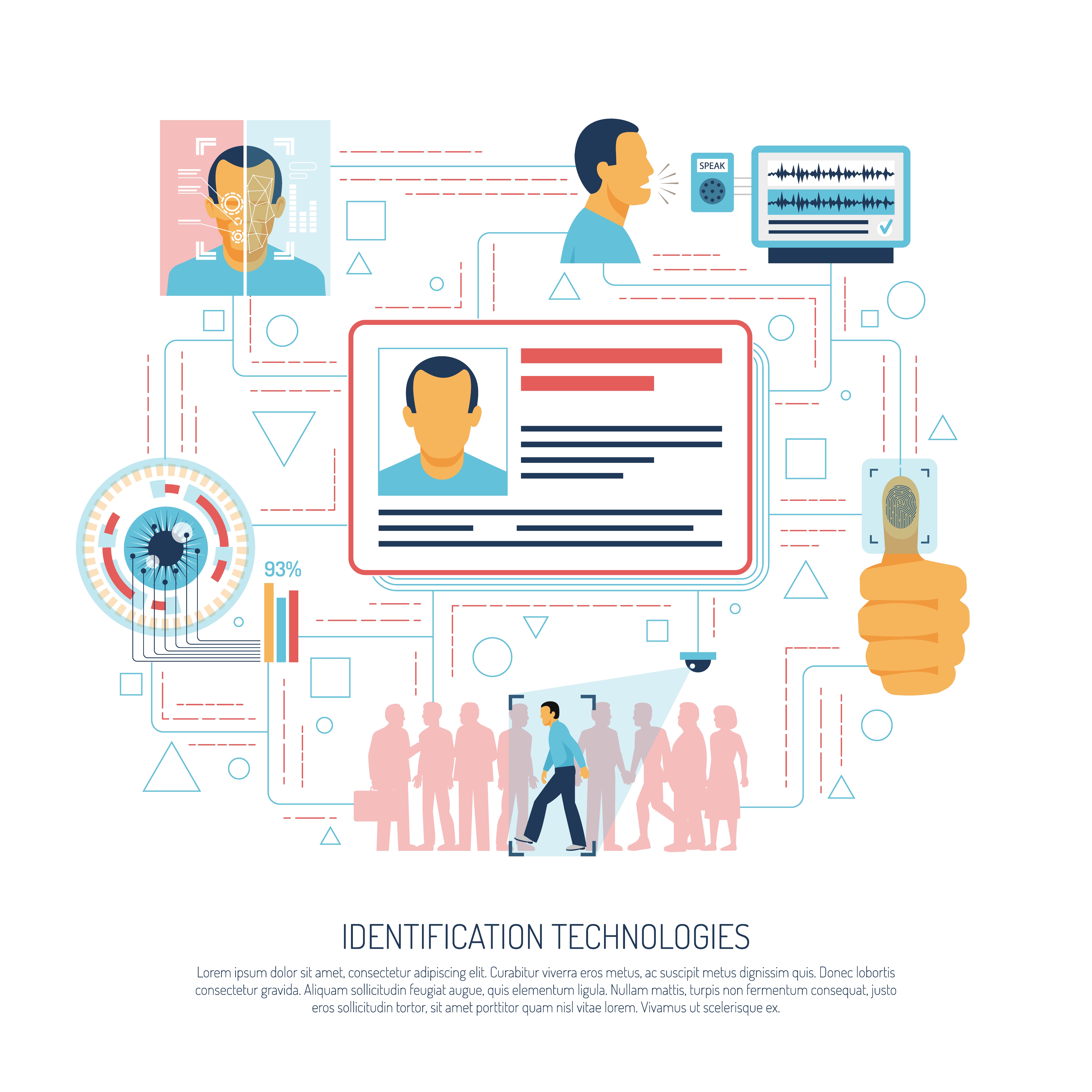In today's increasingly connected world, digital identity has become a crucial aspect of our online interactions. From accessing online services to conducting financial transactions, digital identities play a pivotal role in ensuring security, privacy, and convenience. In this article, we will explore the importance of digital identity solutions and how they contribute to building a secure and inclusive digital environment.
Understanding Digital Identity: Foundation of the Virtual Self
Digital identity encompasses the collection of electronically captured and stored attributes and credentials that uniquely describe an individual within a digital system or network environment. It is the digital counterpart of our physical selves in the virtual world. Digital identities enable us to carry out a wide range of activities, from online banking and e-commerce to interacting with government services and social media platforms.
Components of Digital Identity
Personal Information:
• Names
• Date of birth
• Social security numbers
• Usernames/Passwords
• Email addresses
Digital Credentials:
• e-Passports
• National eID cards
• Mobile IDs
• e-Driver's licenses
• Digital wallets
Biometric Identifiers:
• Fingerprints
• Faces
• Iris patterns
• Palm prints
Digital Behavior:
• IP addresses
• Geolocation data
• Browser and operating system information
• Online behavior such as search history and browsing patterns
These components come together to create a comprehensive, multi-dimensional construct that forms a detailed and nuanced digital portrait of an individual in the online world.
Role of Digital Identity Management: Identification, Verification, and Authentication
To effectively manage digital identities, three critical processes come into play: identification, verification, and authentication. These processes ensure the secure and accurate use of digital identities, further enhancing the trustworthiness of online interactions.
Identification (Enrollment)
Identification refers to the process of creating a digital identity for an individual. During the enrollment process, users provide their personal information, which forms the foundation of their digital identity. This information may include names, dates of birth, social security numbers, and more. Additionally, users may also set up unique usernames and passwords to further secure their digital identities.
Verification
Verification is the process of confirming that a digital identity corresponds to the actual individual in the real world. Trusted documents, such as driver's licenses or passports, are commonly used for this purpose. Advanced biometrics, such as facial recognition or fingerprint scans, can also be employed to enhance the accuracy and security of verification processes.
Authentication
Authentication ensures that the digital identity is authenticated each time it is utilized. Whether it's logging into an online account or accessing financial services, authentication plays a vital role in confirming the user's identity. This process typically involves the verification of usernames, passwords, or biometric data to grant access to the desired services.
By effectively managing these processes, organizations can establish a robust and trustworthy digital identity infrastructure that safeguards against identity fraud and unauthorized access.
Evolution of Digital Identity and Its Impact on the Digital Landscape
Digital identity has evolved significantly over the years, shaping the digital landscape as we know it today. From simple username and password combinations to advanced biometric technologies, the evolution of digital identity has brought about significant improvements in security, convenience, and user experience.
Age of Passwords
In the early stages of computer science, digital identity relied heavily on usernames and passwords. However, the limitations of this approach became apparent as technology advanced and security risks increased.
Rise of Single Sign-On
To address the challenges posed by multiple usernames and passwords, the concept of Single Sign-On (SSO) emerged. SSO systems allow users to authenticate their identity once and gain access to multiple systems within a network, streamlining access management and improving user convenience.
Era of Multi-Factor Authentication
As the digital world expanded, so did the need for enhanced security measures. Multi-Factor Authentication (MFA) introduced additional layers of security by combining multiple pieces of evidence or factors, such as passwords, mobile devices, and biometric data, to authenticate user identities.
Biometric Revolution
The advent of biometric technology revolutionized the digital identity landscape. Biometrics, such as fingerprints, facial recognition, and voice patterns, provide unique and secure identifiers that are difficult to fake, steal, or replicate. Biometric authentication offers both increased security and convenience, as users no longer need to rely solely on passwords or physical tokens.
Future: Decentralized Digital Identity and Self-Sovereign Identity
Looking ahead, digital identity is poised to become more user-centric and decentralized. Concepts such as decentralized digital identities and self-sovereign identity empower individuals to take control of their own data, dictating when, where, and with whom they share their information. These models, combined with biometric authentication and blockchain technology offer enhanced privacy, security, and user control in the digital identity landscape.
Applications of Digital Identity Solutions
Digital identity solutions find applications across various sectors, transforming how we interact with the digital world. Let's explore some key applications and how digital identity solutions have revolutionized these industries:
National Digital Identity Systems
Countries worldwide are leveraging digital identity systems to streamline governmental processes, enhance efficiency, and improve the delivery of public services. Examples include India's Aadhaar program, Nigeria's NIN system, Singapore's SingPass, and Estonia's e-Residency program.
Online Banking and Financial Services
Digital identity plays a crucial role in the financial industry, enabling secure and convenient online banking and financial transactions. It strengthens Know Your Customer (KYC) and Anti-Money Laundering (AML) compliance, simplifies customer onboarding, and enhances fraud prevention measures.
E-Commerce
Digital identities are essential in e-commerce, providing a secure and personalized shopping experience. They help prevent fraud, simplify user experience, and enhance trust between businesses and customers. Digital identity solutions enable efficient KYC processes, compliance with age restrictions, and personalized recommendations for customers.
These are just a few examples of how digital identity solutions are transforming various industries. By leveraging digital identity, businesses can enhance security, compliance, and customer experience, ultimately driving growth and success.
Advantages of Digital Identity Verification
Digital identity verification solutions offer numerous advantages for businesses across industries. Let's explore some of these benefits:
Enhanced Security and Fraud Prevention
Digital identity verification solutions employ advanced technologies to verify and authenticate customer identities in real-time. By leveraging biometric data, document verification, and online checks, these solutions help prevent identity fraud, impersonation, and other fraudulent activities, safeguarding businesses and customers alike.
Compliance with Regulatory Requirements
In regulated industries, digital identity verification solutions help businesses meet compliance requirements, such as KYC and AML regulations. These solutions streamline customer onboarding processes, automate compliance checks, and ensure adherence to key directives like PSD2 and GDPR.
Improved Efficiency and Customer Experience
By digitizing the verification process, businesses can streamline customer onboarding, reducing friction and enhancing the overall customer experience. Automated identity verification solutions optimize conversion rates, minimize manual intervention, and provide a seamless and secure onboarding journey for customers.
Risk Management and Loss Prevention
Digital identity verification solutions incorporate multiple layered checks, ensuring high accuracy rates and effective risk management. By identifying potential fraudsters and bad actors at the early stages, businesses can mitigate risks, prevent financial losses, and maintain trust in their online channels.
Global Reach and Adaptability
Digital identity verification solutions support multiple languages, document types, and identity verification across countries worldwide. This adaptability allows businesses to operate in new and emerging markets with ease, expanding their global reach and fostering international growth.
In conclusion, digital identity solutions are instrumental in building a secure and inclusive digital environment. By leveraging advanced technologies like biometrics and automated verification processes, businesses can enhance security, compliance, and customer experience. As the digital landscape continues to evolve, digital identity solutions will play an increasingly vital role in enabling secure and efficient online interactions.


